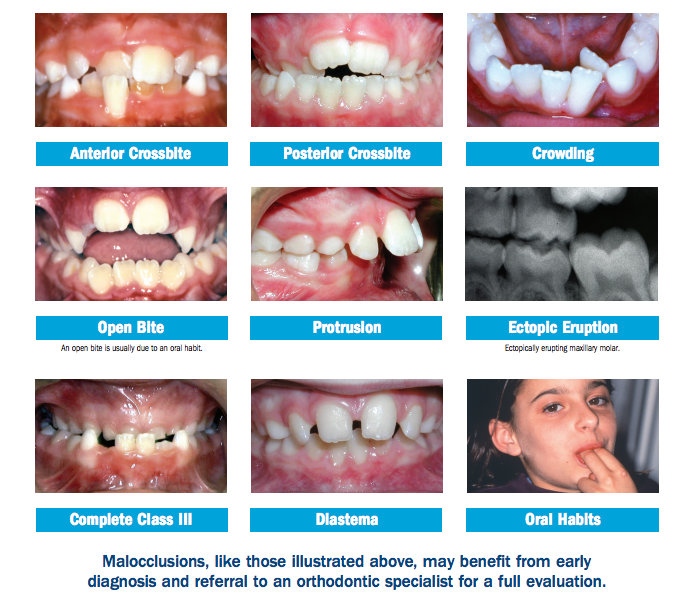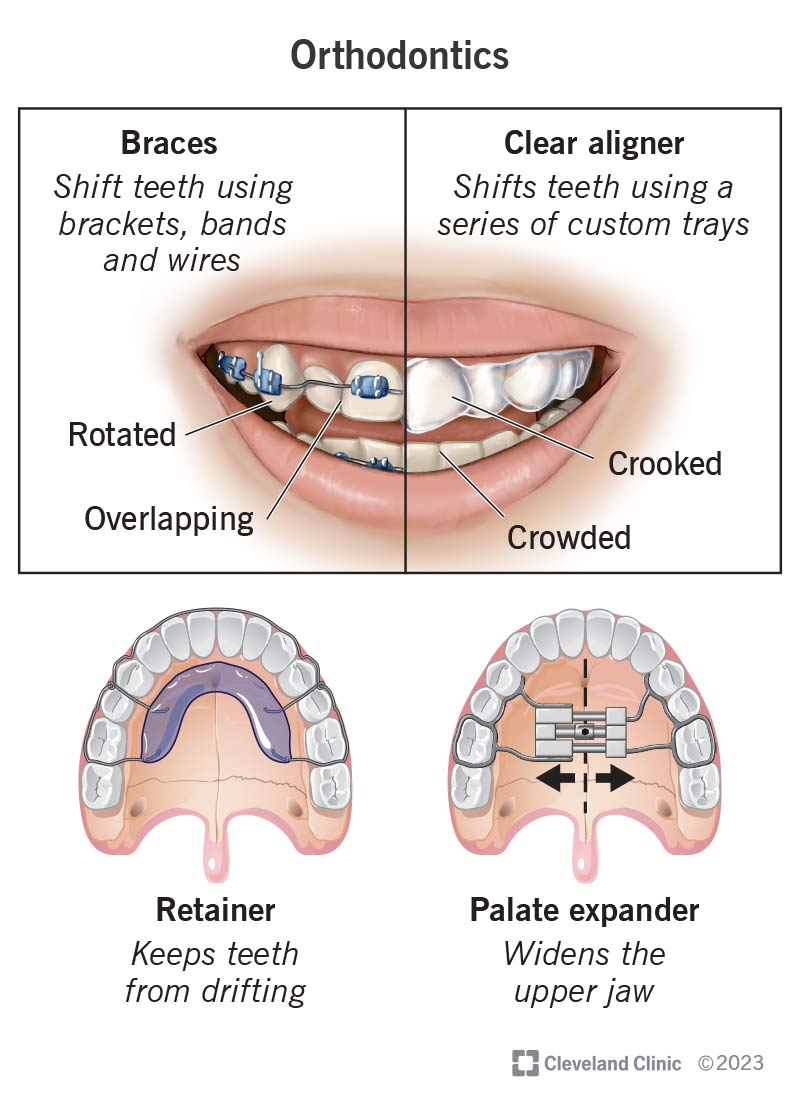The smart Trick of Causey Orthodontics That Nobody is Discussing
The smart Trick of Causey Orthodontics That Nobody is Discussing
Blog Article
The Ultimate Guide To Causey Orthodontics
Table of ContentsRumored Buzz on Causey OrthodonticsThe Only Guide to Causey OrthodonticsAn Unbiased View of Causey OrthodonticsThe Definitive Guide to Causey OrthodonticsThe Facts About Causey Orthodontics Uncovered
Neglecting occlusal partnerships, it was normal to remove teeth for a variety of oral problems, such as malalignment or overcrowding. The idea of an undamaged teeth was not widely valued in those days, making bite relationships seem irrelevant. In the late 1800s, the principle of occlusion was necessary for producing dependable prosthetic replacement teeth.As these ideas of prosthetic occlusion advanced, it came to be an invaluable device for dental care. It remained in 1890 that the job and impact of Dr. Edwards H. Angle started to be really felt, with his contribution to contemporary orthodontics specifically notable. At first focused on prosthodontics, he showed in Pennsylvania and Minnesota prior to routing his focus in the direction of dental occlusion and the treatments required to keep it as a regular condition, hence ending up being called the "father of modern orthodontics".

The idea of excellent occlusion, as proposed by Angle and included right into a category system, made it possible for a shift towards dealing with malocclusion, which is any kind of inconsistency from regular occlusion. Having a complete collection of teeth on both arches was highly sought after in orthodontic treatment as a result of the need for exact relationships in between them.
The Causey Orthodontics Diaries
As occlusion ended up being the key priority, face proportions and visual appeals were neglected - orthodontist expert. To achieve optimal occlusals without utilizing external pressures, Angle proposed that having ideal occlusion was the ideal means to acquire maximum face aesthetic appeals. With the passing away of time, it became rather noticeable that even an outstanding occlusion was not suitable when considered from a visual factor of sight
It came to be apparent that orthodontic therapy could adjust mandibular growth, causing the formation of practical jaw orthopedics in Europe and extraoral force measures in the US. Nowadays, both useful home appliances and extraoral devices are applied around the globe with the purpose of modifying growth patterns and forms. As a result, going after real, or at least enhanced, jaw connections had actually come to be the primary purpose of treatment by the mid-20th century.
The Greatest Guide To Causey Orthodontics
 The American Journal of Orthodontics was produced for this objective in 1915; prior to it, there were no scientific purposes to comply with, nor any kind of exact classification system and brackets that lacked attributes. Up until the mid-1970s, dental braces were made by wrapping steel around each tooth. With innovations in adhesives, it ended up being feasible to instead bond steel brackets to the teeth.
The American Journal of Orthodontics was produced for this objective in 1915; prior to it, there were no scientific purposes to comply with, nor any kind of exact classification system and brackets that lacked attributes. Up until the mid-1970s, dental braces were made by wrapping steel around each tooth. With innovations in adhesives, it ended up being feasible to instead bond steel brackets to the teeth.This has had meaningful effects on orthodontic therapies that are provided frequently, and these are: 1. Right interarchal relationships 2. Proper crown angulation (suggestion) 3.
The benefit of the style hinges on its brace and archwire mix, which requires only very little wire flexing from the orthodontist or clinician (best orthodontist). It's aptly named after this feature: the angle of the port and thickness of the bracket base ultimately establish where each tooth is located with little requirement for additional manipulation
The Best Strategy To Use For Causey Orthodontics
Both of these systems employed the same brackets for each and every tooth and necessitated the flexing of an archwire in three aircrafts for situating teeth in their preferred positions, with these bends determining best positionings. When it concerns orthodontic appliances, they are divided right into two types: removable and taken care of. Removable appliances can be tackled and off by the client as called for.

Therefore, practically all modern-day set appliances can be considered variants on this edgewise home appliance system. Early 20th-century orthodontist Edward Angle made a significant contribution to the globe of dentistry. He produced 4 distinctive appliance systems that have actually been utilized as the basis for several orthodontic treatments today, disallowing a couple of exemptions.
The Of Causey Orthodontics

The wire finished in a thread, and to move it forward, a flexible nut was utilized, which permitted an increase in area. By ligation, each specific tooth was affixed to this extensive archwire (orthodontist near me). As a result of its restricted range of activity, Angle was not able to attain exact tooth positioning with an E-arch
These tubes held a firm pin, which might be repositioned at each consultation in order to move them in area. Referred to as the "bone-growing appliance", this gizmo was thought to urge healthier bone development because of its potential for transferring pressure directly to the origins. Executing it proved bothersome in reality.
Report this page